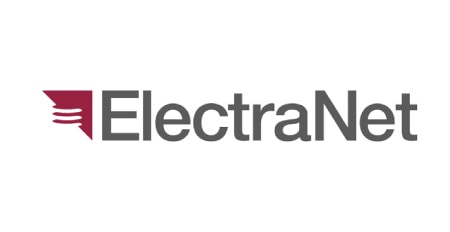
Overview
PSC were engaged by ElectraNet, the electricity transmission network service provider for South Australia, to undertake investigation work for the replacement of the supply transformers, installation of a 15 MVAr capacitor bank, and an electrical harmonics study at its Ardrossan West substation in South Australia. This comprised:
- A harmonics study to determine the requirement for a detuning reactor on the capacitor bank; and
- A fault study to determine the requirements for a neutral earthing reactor or neutral earthing resistor on the supply transformers.
Project Outline
Understanding the performance of network connected devices is critical to the safe and reliable operation of electrical networks. A failure to understand harmonic and fault behaviour during design can lead to highly undesirable network conditions such as high overvoltages and system instability. Furthermore design decisions can significantly impact capital cost and safety where there is no tolerance for error.
The analysis of harmonics and fault behaviour in networks is a specialist area of electrical engineering that requires a strong understanding electrical network systems and behaviour to model networks in sufficient detail to allow these undesirable network conditions to be identified through analytical techniques.
For this study PSC constructed a harmonic model of the South Australian transmission network for use with PSC’s in-house harmonic analysis software from system data supplied by ElectraNet,
With this model, harmonic voltages and currents in the region of Ardrossan West were examined under various operating conditions including:
- existing conditions;
- with the capacitor bank and traditional detuning reactor included; and
- with capacitor bank included but the detuning reactor omitted.
Outcome
Resonances were identified in all cases. However, the most significant was found when the detuning reactor was omitted which resulted in PSC recommending the inclusion of the reactor. Fault studies, carried out using the industry-standard Siemens PTI PSS/E package, suggested that a neutral earthing reactor was preferable to a neutral earthing resistor in order to maintain an effectively earthed system on the supply side. The analytical studies were followed with a week on the client premises during which time PSC worked closely with the client to ensure that the subtleties of harmonic analysis and of these particular results were understood.
The project was completed successfully to the client’s time and budget. The recommendations made by PSC on detuning reactor selection and neutral earthing requirements have subsequently been adopted by the client and incorporated into equipment specifications for the substation augmentation. This study reinforced previous experience and harmonic study results indicating that detuning reactors of at least 5% are, in general, advisable in order to prevent resonance between capacitor banks and the broader transmission system at key harmonic frequencies.
PSC Services
PSC’s expertise in network analysis comes from a background of higher education and real experience. This project is an excellent example of PSC providing a client with highly specialist services and advice in the areas of power quality and fault analysis resulting in design decisions that can minimise capital cost while ensuring the ongoing safety and reliability of the electricity network.
In particular this project engaged specific skills in:
- Specialised system studies
- Detailed system modelling at harmonic frequencies and at 50 Hz, in positive and zero sequence
- Design of software augmentations for managing electrical harmonics calculations and reporting
- Distillation of large volume of study result data into three concrete recommendations for action
- Detailed investigation and reporting on technical requirements Competence in such a specialist area can only be gained through real experience and PSC has developed this across many projects spanning clients and countries.

